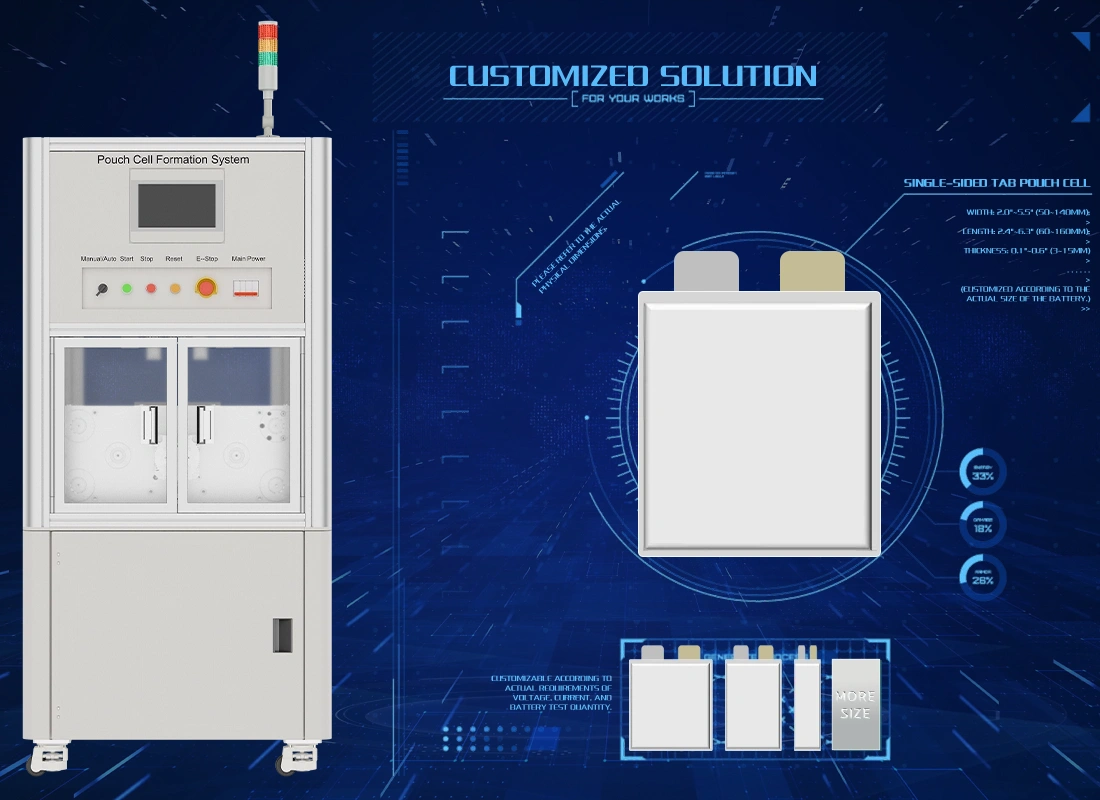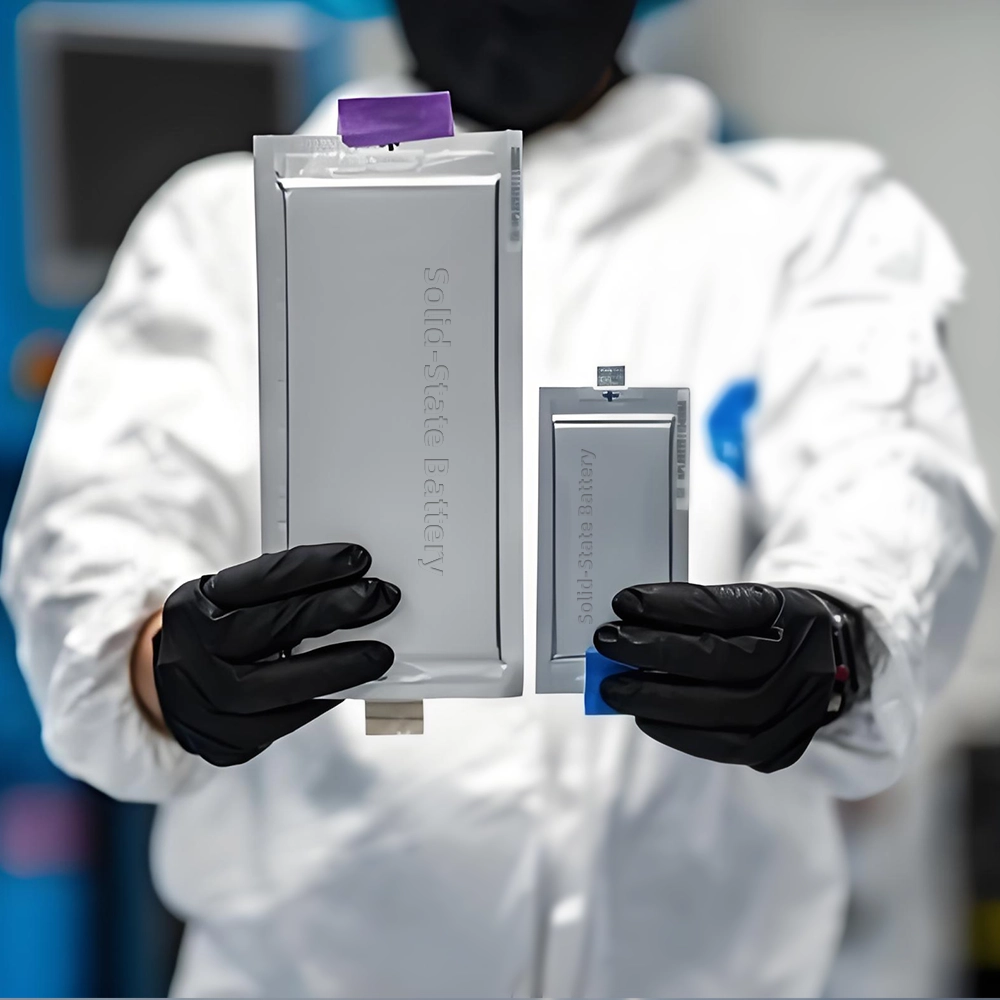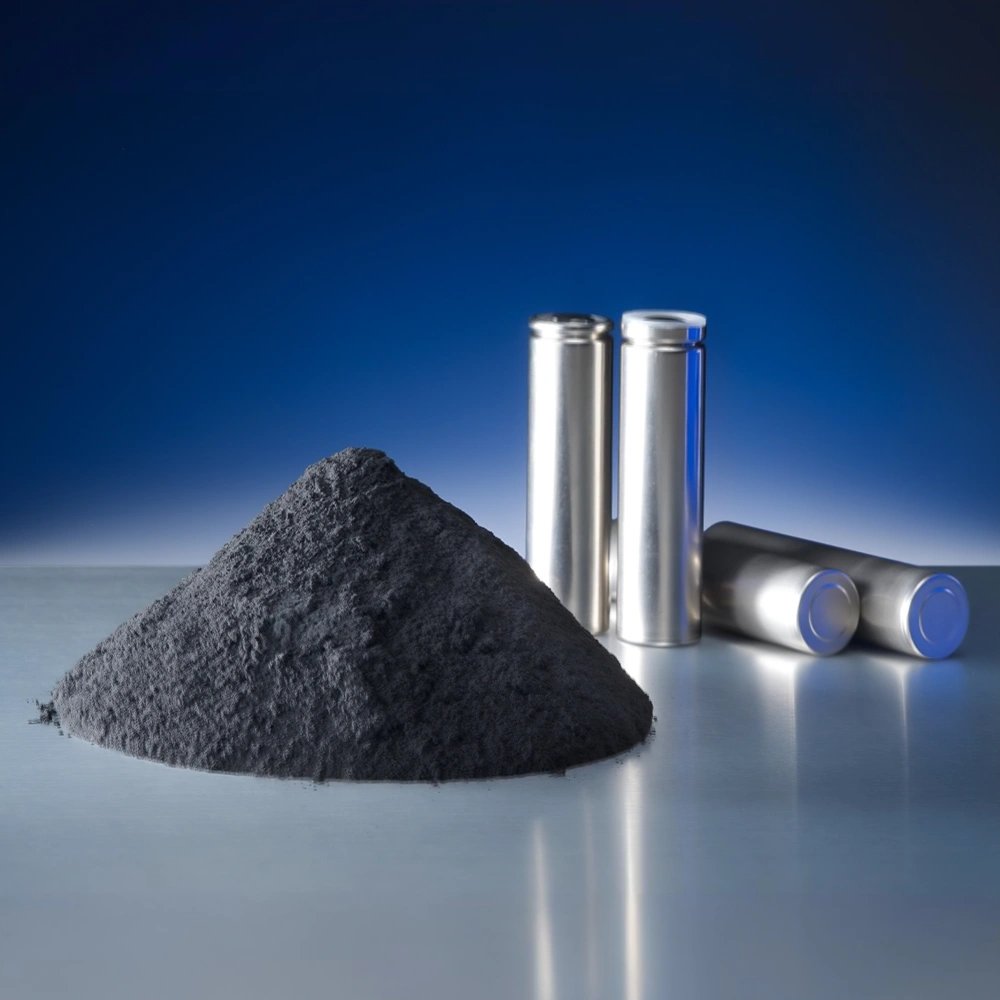The working principle of the Formation and Grading System revolves around precisely controlling the charge-discharge processes of lithium-ion batteries to achieve chemical activation (formation) and capacity classification (grading), ensuring consistent performance and optimized quality of battery cells.
When a new lithium-ion battery is produced, its internal electrode materials and electrolyte have not yet completed the initial electrochemical reaction, and the solid electrolyte interphase (SEI) film—critical for stable battery operation—has not been properly formed.
The formation process is designed to address this:
After formation, batteries of the same batch may have slight differences in capacity, internal resistance, and charge-discharge efficiency due to subtle variations in raw materials or production processes. Grading is used to screen and classify these batteries to ensure consistency in subsequent battery pack assembly.
The grading process works as follows:
Batteries with similar performance are grouped together, which helps improve the overall consistency, service life, and safety of battery packs (e.g., avoiding overcharging or over-discharging of individual cells in a pack).
To ensure stable operation and production efficiency, the system integrates multiple auxiliary functions:
Formation and Grading System acts as a "quality gatekeeper" in lithium-ion battery production: formation lays the foundation for battery performance, while grading ensures consistency. Its precise control and intelligent functions make it essential for large-scale lithium-ion battery manufacturing.
In the large-scale production of lithium-ion batteries, the formation and grading processes of cells are crucial for determining battery performance and consistency. As the industry's requirements for efficiency, precision, and safety continue to rise, automated systems for prismatic, pouch, and cylindrical cells have become the mainstream choice. These systems not only address the error issues of traditional manual operations through full-process intelligent control but also achieve a qualitative leap in energy consumption, compatibility, and safety.
Regardless of the cell type, automated systems build core capabilities around "efficiency, stability, and safety"—the key to their adaptability to large-scale production:
Energy regeneration and energy conservation are shared highlights of all systems. They all adopt DCAC regenerative power supply technology, which recovers and reuses the energy generated during cell charging and discharging, significantly reducing production energy consumption. For factories processing tens of thousands of cells daily, this technology can cut electricity costs by more than 30%.
Data security and traceability are also prioritized. The systems are equipped with real-time data backup functions. All process data (such as voltage changes and temperature curves) from the moment cells enter the formation process to the completion of grading are recorded and archived. This not only meets quality traceability needs but also provides data support for the optimization of production processes.
Automatic calibration and maintenance reminders solve the problem of precision degradation during long-term equipment use. The charge-discharge testing modules are regularly and automatically calibrated to ensure that the detection data error is controlled within ±1%. Meanwhile, the system issues maintenance reminders based on operating hours to avoid production interruptions caused by component aging.

Prismatic cells are widely used in power battery applications due to their regular structure and high energy density. The core advantage of their automated system lies in full-process automated control—all links, from cell loading, formation, and grading to unloading, are commanded by a scheduling system without manual intervention. This design increases the daily processing capacity of a single production line to more than twice that of traditional equipment.
To adapt to prismatic cells of different specifications (e.g., thickness 10-30mm, width 50-100mm), the system adopts a modular design. When changing cell models, only fixture parameters need to be adjusted, and the switching time is shortened to within 30 minutes. In terms of safety, in addition to basic smoke sensors, a cell tab short-circuit monitoring function is added. Once an abnormality is detected, the power is immediately cut off to minimize safety risks.

Pouch cells are commonly used in consumer electronics due to their light weight and flexibility. However, their thin structure places higher compatibility requirements on production equipment. The pouch cell automation system achieves flexible adaptation through adjustable probe assemblies—the probe positions can be automatically adjusted according to the cell tab spacing, compatible with various tab designs from 30mm to 150mm, enabling product switching without hardware replacement.

Temperature control is key to pouch cell production. The system has built-in distributed temperature sensors that monitor the cell surface temperature in real time (with an accuracy of ±0.5℃). Once the temperature exceeds the set threshold (usually 45℃), the heat dissipation device is activated immediately. An independent scheduling system and database ensure data isolation during multi-batch production, avoiding confusion of process parameters for different cell models.

Cylindrical cells (such as 18650 and 21700 models) are widely used in energy storage and small power applications due to their high standardization. The prominent advantage of their automated system is multi-model compatibility. Through an adjustable positioning mechanism, it can support mainstream cylindrical cells from 18650 (18mm in diameter) to 32650 (32mm in diameter) without changing the production line.
In terms of safety design, the cylindrical cell automation system achieves "double protection": each formation station is independently isolated, so even if a single cell is abnormal (such as bulging or leakage), it will not affect other stations. At the same time, the system is equipped with a single-cell over-temperature alarm and automatic fire-extinguishing device. When the temperature exceeds 60℃, the fire-extinguishing mechanism is triggered immediately to minimize the loss from safety accidents.
In addition, an independent human-machine interface can display the operating status of each station in real time. Operation and maintenance personnel can intuitively grasp key indicators such as equipment load and cell qualification rate, facilitating timely adjustment of production rhythms.
It can be seen from the above solutions that whether it is the automation system for prismatic, pouch, or cylindrical cells, they all address the pain points of traditional production through three directions: "intelligent control", "flexible adaptation", and "safety enhancement". The combination of DCAC regenerative power supply to reduce energy consumption, automated processes to improve efficiency, and precise monitoring to ensure quality has increased the consistency qualification rate of cell production from 85% to over 95% and reduced unit production costs by about 20%.
For battery manufacturers, choosing a suitable cell automation system is not only a means to increase production capacity but also a guarantee of product competitiveness. With technological iteration, these systems will continue to evolve in directions such as AI process optimization and deeper energy recovery, driving the lithium-ion battery manufacturing industry towards greater efficiency and greener development.




The lab focuses on solid-state battery research to overcome traditional lithium batteries' safety and energy density issues, supporting environmental sustainability. It develops innovative solid-state electrolytes, refines electrode materials, and investigates ion transfer and interface stability to revolutionize battery technology.

The electric vehicle battery industry is rapidly developing, focusing on technological innovation, market competition, and sustainability. Research hotspots include solid-state batteries, new types of electrolytes, BMS optimization, and recycling technologies. The environmental adaptability, safety, and economic viability of batteries are key research areas, and the industry is expected to undergo more innovation and transformation.

We specialize in battery preparation technology research, focusing on overcoming existing energy storage challenges by innovating in electrode materials, battery chemistry, and manufacturing processes to improve performance, enhance safety, and reduce costs. Sustainability and recycling technologies for batteries are also emphasized to mitigate environmental impacts and foster the growth of green energy.